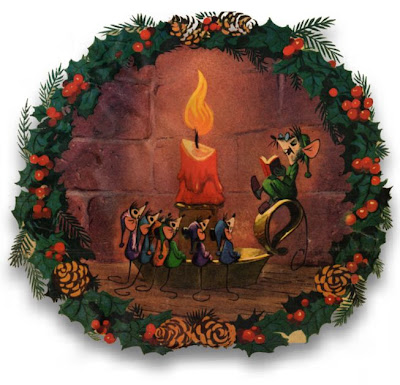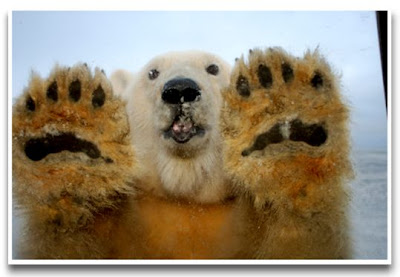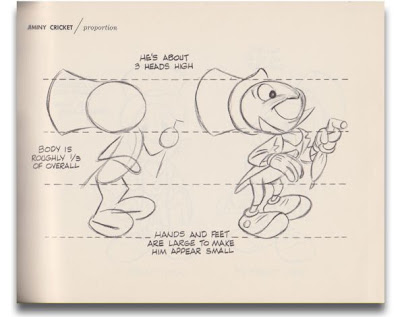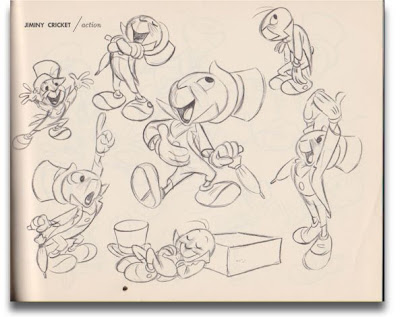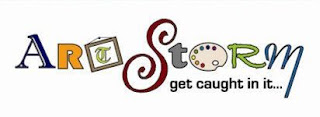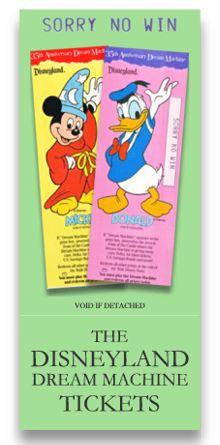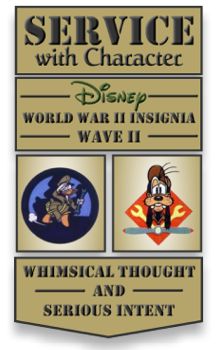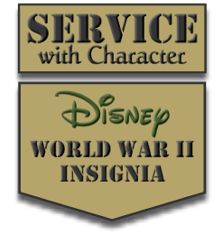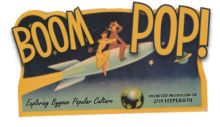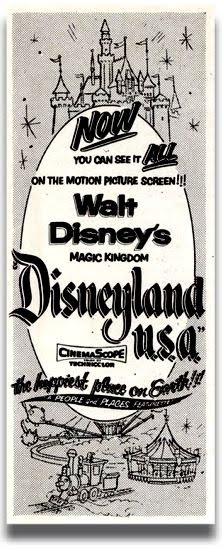
Today it's common to find yourself in a shop at Walt Disney World or Disneyland and be confronted with a variety of music Compact Discs all themed to a particular facet or aspect of your visit to the park: there are Magic Kingdom Event CDs, Haunted Mansion CDs, and of course the ubiquitous "Official Album of the Walt Disney World Resort". Today these 2 CD sets are well produced, high quality source audio presented just for the occasion.
Music to remind you of your visit to a Disney theme park has always more or less been a part of the theme park experience, as early as the early days of Disneyland when 78 records were distributed through Mattel on durable cardboard about
"Your Trip to... Disneyland! (On Records)", or the seminal if hokey
"Walt Disney Takes You to Disneyland" LP from 1955. Later this evolved to include such full length long playing records like
"Walt Disney's Enchanted Tiki Room" with the full show on one side and an audio rendition of the Jungle Cruise on the other side with Thurl Ravenscroft as your skipper, or the full-show Hall of Presidents LP from 1971.

The first time the now-venerable term "The Official Album of..." appeared was in 1980, on this 12 inch long playing record which includes such classic tracks as "Grim Grinning Ghosts" from the Haunted Mansion, as well as some more obscure items like a track from "The Blue Grass Boys" who once haunted the eastwardly portion of Frontierland at the Magic Kingdom. It's really a compilation of a variety of different, already published material, culling tracks from records like the 7-inch "Main Street Electrical Parade Picture Disc", "Walt Disney World's The Hall of Presidents", "Walt Disney Productions' America Sings", and others.
But it is a uniquely satisfying musical experience, and one of the few park music overviews which was made widely available on vinyl record. The recordings are well chosen and some have become conventions of such releases - such as choosing, for example, the singing busts music loop to represent The Haunted Mansion, which continues to this day. There is a satisfying medley of the sounds of Main Street and a fairly satisfying condensation of Country Bear Jamboree into a few minutes on side one and America Sings on side two. There is even a snippet of the very end of the Hall of Presidents to bring out the record on a fairly strong note, itself a snippet taken directly from the 1978 4-LP set
"The Magical Music of Walt Disney".
 Side One:
Side One: Main Street Electrical Parade
Pirates of the Caribbean
The Music of Main Street
- The Dapper Dans
- The Saxophone Quartet
- The Main Street Pianist
The Enchanted Tiki Room
The Blue Grass Boys
Country Bear Jamboree
Side Two:The Disneyland Band
It's A Small World
The Steel Drum Band
The Haunted Mansion
The Royal Street Bachelors
America Sings
The Fife and Drum Quartet
The Hall of Presidents - Mr. Lincoln
A lot of this material is culled from a fairly obscure little 1973 picture disc called A Musical Souvenir of Walt Disney World's Magic Kingdom, an impressive looking but fairly dull compilation of tracks performed by the various park musicians of the day:
 Side One:
Side One:1) The Walt Disney World Band - Walt Disney Medley
a) Hi To You
b) Zip-A-Dee-Doo-Dah
c) Whistle While You Work
2) The Dapper Dans - The Coney Island Washboard
3) The Saxophone Quartet - Medley
a) Minnie's Yoo Hoo
b) Hurry
4) The Main Street Pianist - Maple Leaf Rag
5) The Pearly Band - Mary Poppins Medley
a) A Spoonful of Sugar
b) Chim Chim Cheree
c) Supercalifragilisticexpialidocious
6) The Banjo Kings - Swanee River
7) The Fife and Drum Corps - Medley
a) Liberty Tree
b) British Grenadiers
8) The Kids of the Kingdom - I Love a Parade
Side Two:1) The Town Band - Mickey Mouse March
2) The Tavern Singers - Medley
a) How Great is the Pleasure
b) To Our Musical Club
3) The Polka Band - Snow White Medley
a) Heigh-Ho
b) Whistle While You Work
4) The Blue Grass Boys - Tennessee
5) Mariachi Chaparral - Guadalajara
6) The Steel Drum Band - Adventureland Jump
7) The Walt Disney World Band - It's A Small World
As much as "The Official Album of Walt Disney World / Disneyland" reminds us of a simpler time in the Company's history when the two castle parks were her primary offering to us, the "Musical Souvenir" album takes us back even further, to days when very little of the park's in-house entertainment was pre-recorded, organized, or even planned. Costumed characters used to wander in and out of areas at will, and it wasn't an uncommon sight to see a lone musician or two wandering about, spreading the simple pleasure of live music. This is one thing sorely lacking in the parks today.
 "The Magical Mystery Tour is coming to take you away!"
"The Magical Mystery Tour is coming to take you away!"
A handful of first year performing groups are missing from the lineup - notably absent is Karen Anders and Tommy Russell, who performed at the Mile Long Bar, and a small nautical trio who performed near 20,000 Leagues Under the Sea. Many of these groups undoubtably consisted of the same people, who then would go on to change clothes and put in appearances at the Golf Resort, or The Contemporary, or Fort Wilderness. The fate of many of these acts is fairly unknown, and photographs are even less common. The Steel Drum Band became known as J.P. and the Silver Stars and even was relocated to Disneyland for some time (the bandstand atop the Jungle Cruise queue was built for them) and some of the original musicians from this group perform in Animal Kingdom today. The Fife & Drum Corp - The Ancients - moved to EPCOT Center in 1982, and brought the Tavern singers along with them to become The Voices of Liberty. The Banjo Kings relocated out of Liberty Square and performed on Main Street in the late 80's, and the Saxophone quartet was reborn many years later, in a fashion, as today's "Toontown Tuners".

Perhaps best of all, better than the performances (by far..), is a little blub on the bottom of the LP sleeve, explaining who all of these groups are that we're having a Musical Souvenir of.
"THE WALT DISNEY WORLD BAND: This band of on-the-go musicians provides Magic Kingdom guests with plenty of Sousa marches, turn-of-the-century oldies, Disney classic favorites, and humorous arrangements of today's top show tunes. THE DAPPER DANS: These four 'happy men of Main Street' can be found in the shops and on the streetcorners singing your favorite barbershop melodies. THE SAXOPHONE QUARTET: (Keystone Kops) Dressed in nostalgic costumes of the 1920's, these talented saxophonists are ready for a musical chase down Main Street USA just when you least expect it! THE MAIN STREET PIANIST: Whether playing your favorite ragtime tune or leading a sing-along, this piano player is always adding to the happy mood of Walt Disney World's guests. THE PEARLY BAND: This versatile sextet from 'Mary Poppins' is forever ready with a fun treatment of a Disney classic while strolling through Fantasyland. THE BANJO KINGS: Sounding much the same as the original banjo 'pickers' of the 1800's, this duo takes guests back to those good old days on the riverboats. THE FIFE AND DRUM CORPS: Providing the authentic sounds of 1776, Walt Disney World's fifers and drummers give visitors to Liberty Square the feeling they are sharing a famous moment of American History. THE KIDS OF THE KINGDOM: This lively group of young singers entertains Tomorrowland guests with exciting production numbers and the latest hit songs. (Author's Note: THE WORST!!!!!!!)
THE TOWN BAND: The butcher, the baker, and the candlestick maker all get together for some musical fun in Town Square. THE TAVERN SINGERS: Dining at Magic Kingdom restaurants is also a listening pleasure as these delightful voices sing a merry catch. THE POLKA BAND: It's always dance-time in Fantasyland when these 'old-world musicians' play your favorite polkas, waltzes, and schottisches. (Author's Note: you all have a favorite schottishe, right?) THE BLUE GRASS BOYS: Foot-tappin' mountain music has never sounded better than what you hear from this group in Walt Disney World's Frontierland. MARIACHI CHAPARRAL: Guests find themselves 'south of the border' when enjoying the music and songs old old Mexico performed by these authentic Mariachis. THE STEEL DRUM BAND: The energetic performances of this top Adventureland group of entertainers are much too captivating to be forgotten."
 "Why? Because we like you!"
"Why? Because we like you!"
These two records, although now obviously out of print, are common enough finds on the secondary market, and provide enough entertainment and historical interest to make them worth seeking out for those of us who still enjoy dragging needles across slabs of plastic to make music.
 Disney legend and comic book artist-writer Carl Barks is well known for his deft storytelling and often times sharp wit, and these qualities are certainly evident in the various Christmas-themed tales he put to paper over his long and prolific career. But it is also interesting to note that the Duckman never really succumbed to infusing excessive holiday spirit into these efforts, and more often than not, his tales of Christmas seemed more prone to cynicism than sentimentality. However, Barks' very first four color Christmas story, "Donald Duck's Best Christmas," does touch on themes of kindness and unconditional giving that even the bluster and self serving qualities of its title character can't completely overshadow.
Disney legend and comic book artist-writer Carl Barks is well known for his deft storytelling and often times sharp wit, and these qualities are certainly evident in the various Christmas-themed tales he put to paper over his long and prolific career. But it is also interesting to note that the Duckman never really succumbed to infusing excessive holiday spirit into these efforts, and more often than not, his tales of Christmas seemed more prone to cynicism than sentimentality. However, Barks' very first four color Christmas story, "Donald Duck's Best Christmas," does touch on themes of kindness and unconditional giving that even the bluster and self serving qualities of its title character can't completely overshadow. It falls to Huey, Dewey and Louie to act collectively as the story's moral center and good conscience, roles they typically play in so many of Barks' efforts. For when the ducks give up their trek to Grandma's and sadly turn back for home, the boys reveal to their uncle that they have in fact given away the presents and the holiday bird to the needy family. While Donald is surprisingly non-plussed by the revelation, he still remains relatively true to self by being seemingly unimpressed by his nephews' kind and genuine gesture. His self-centered, final panel proclamation gives credence to the theory that Barks' parting words in holiday tales tended to be jaded and cynical ones.
It falls to Huey, Dewey and Louie to act collectively as the story's moral center and good conscience, roles they typically play in so many of Barks' efforts. For when the ducks give up their trek to Grandma's and sadly turn back for home, the boys reveal to their uncle that they have in fact given away the presents and the holiday bird to the needy family. While Donald is surprisingly non-plussed by the revelation, he still remains relatively true to self by being seemingly unimpressed by his nephews' kind and genuine gesture. His self-centered, final panel proclamation gives credence to the theory that Barks' parting words in holiday tales tended to be jaded and cynical ones. It was an odd dynamic and one that Barks scholar Geoffrey Blum commented on in a collection of Barks Christmas stories published by Gladstone Comics back in the late 1980s. Blum noted of Donald, " . . . if anything, the story has proven him eminently fallible. By giving Donald the last word, however, Barks managed to soften what would otherwise have been an unbearably preachy ending. It's the first in a long line of ambiguous morals, a device at which the artist became quite proficient. As a purveyor of wholesome entertainment for children, he could seldom finish up with a snarl, yet he was equally determined not to end on a syrupy note. Best to conclude with a question mark."
It was an odd dynamic and one that Barks scholar Geoffrey Blum commented on in a collection of Barks Christmas stories published by Gladstone Comics back in the late 1980s. Blum noted of Donald, " . . . if anything, the story has proven him eminently fallible. By giving Donald the last word, however, Barks managed to soften what would otherwise have been an unbearably preachy ending. It's the first in a long line of ambiguous morals, a device at which the artist became quite proficient. As a purveyor of wholesome entertainment for children, he could seldom finish up with a snarl, yet he was equally determined not to end on a syrupy note. Best to conclude with a question mark."
